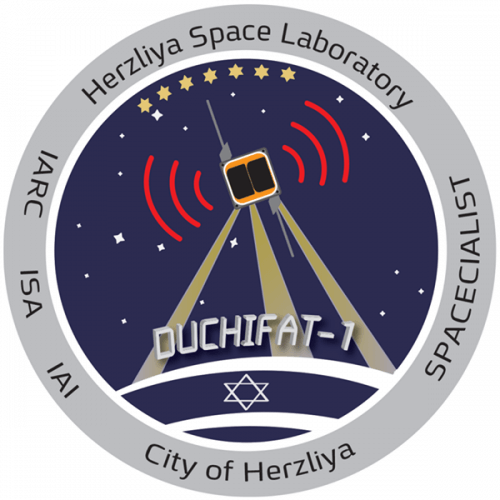At the end of the week the satellite was packed and flown to the Netherlands

The Dokifat 1 satellite, a nano-satellite built by several layers of students at the Herzliya School of Science and operated by them, was packed at the end of the week and flown to the Netherlands, where it will join other satellites from teams from various schools around the world and be launched into space from the Yazni launch site in Russia on a Dnieper rocket.
Earlier this week, the functional and environmental tests were completed.
The purpose of the satellite is to transmit distress signals using APRS (automatic reporting system) transmission technology to ground stations all over the world and thus save the lives of people who find themselves in distress in the field.
The satellite will consist of various systems including: an energy control system, a transmission system, information reception and processing, a thermal control system, etc.
The satellite will be placed at an altitude of about 620 km (LEO-low earth orbit) in an orbit that will pass between the poles of the Earth. It will use APRS - Automatic Packet Reporting System
In addition to the practical use of the satellite, the processes of planning, construction and preparations for launch are used as a means of study for the students of the space laboratory.
It should be noted that since work on the satellite began, hundreds of nanosatellites developed by students all over the world have already been launched, but only one satellite of high school students - the American TJsat launched in November 2013.
